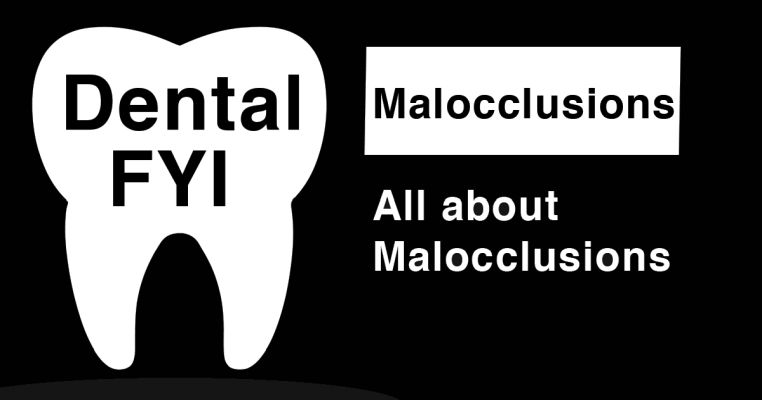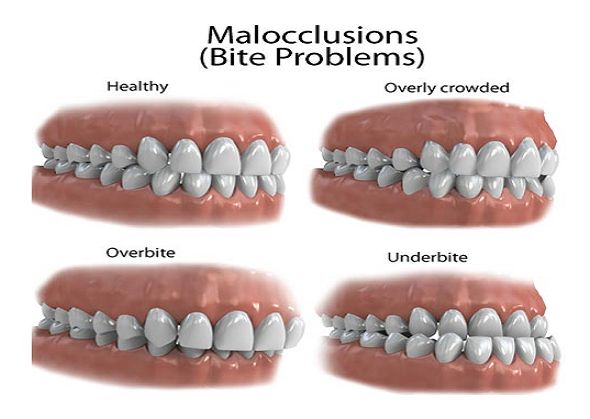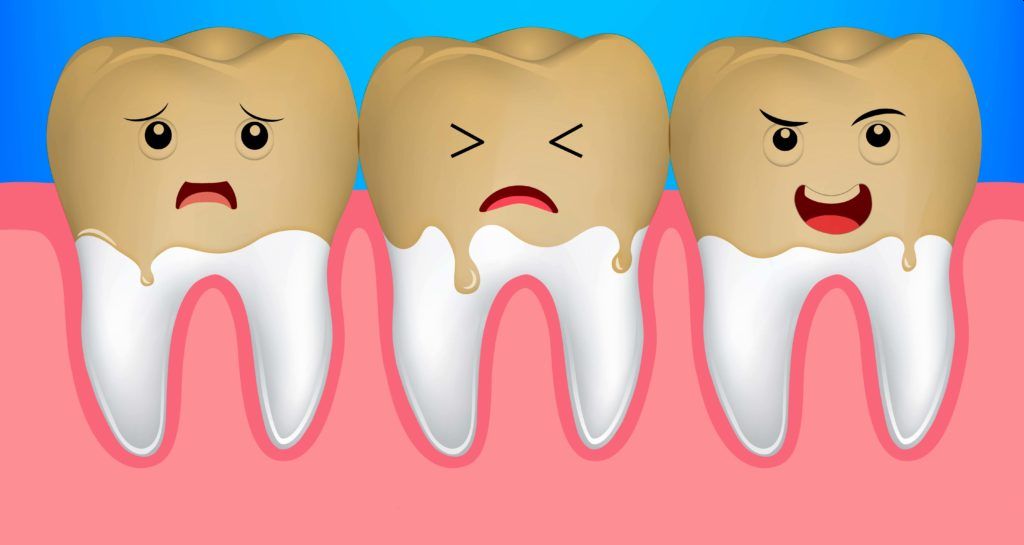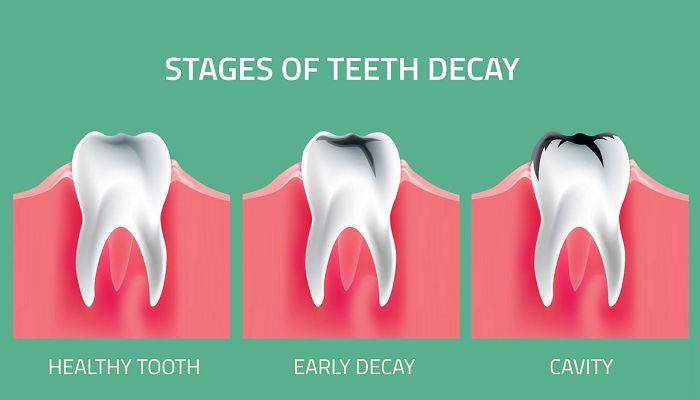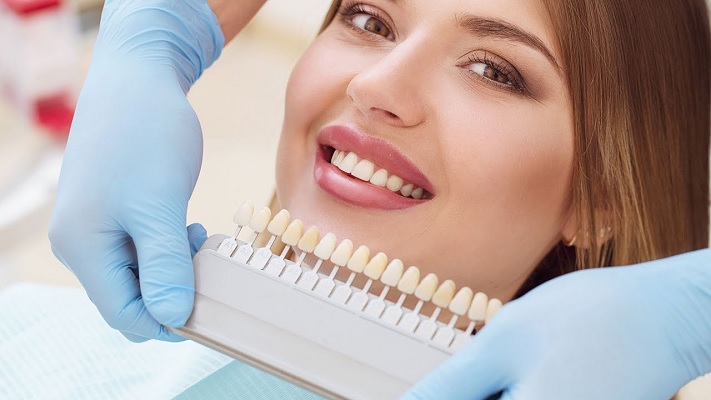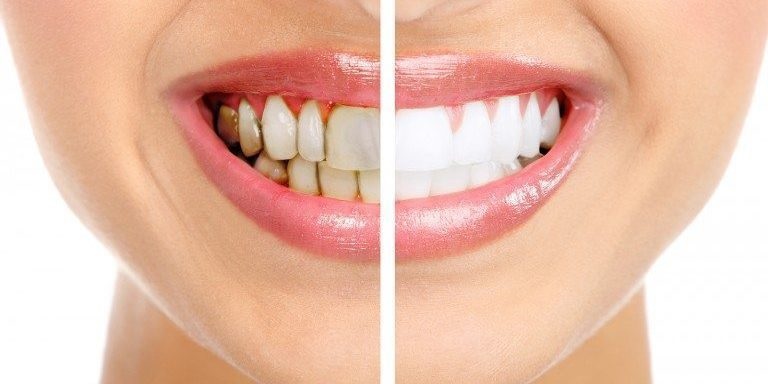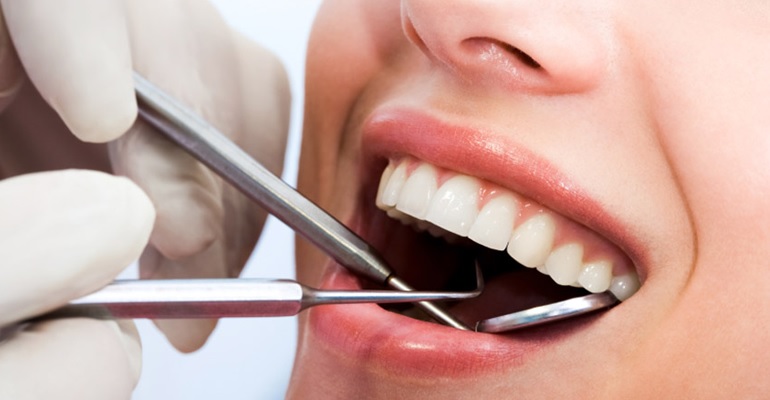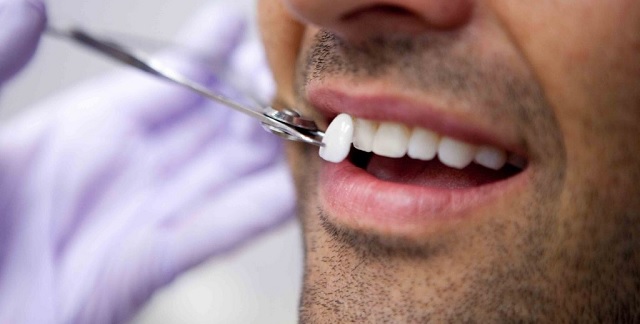Learn the details about teeth whitening in Pitampura from our expert dentist, the types of treatments that exist, care and more.
“Whiter teeth are associated with youth. Having yellow or stained teeth is like having gray hair. People whiten their teeth because this procedure brightens their smile, their face comes alive, and they look more radiant "
What is a teeth whitening?
It is an aesthetic procedure that is performed by a dentist in Pitampura to restore the natural color of the teeth that has been lost due to different causes, it can even be obtained in some cases whiter than natural tones.
There are 2 bleaching agents, hydrogen peroxide and carbamide peroxide. Different manufacturers use these bleaches and offer a variety of presentations.
It is important that the whitening brand used is backed by research and testing of their products to prevent damage to the teeth.
Causes of teeth darkening
Teeth can change color for different reasons, we summarize them in two groups:
- Extrinsic (external) causes:
-
- The smoked.
- Eating habits, including: coffee, tea, red wine, soda, etc.
- Poor oral hygiene.
- Some mouthwashes.
- Intrinsic (internal) causes:
-
- Genetics or family inheritance.
- Some medications
- Stage of life (Age).
Professional teeth whitening
If you want to whiten your teeth, it is recommended that you visit a professional dentist in Delhi for an assessment to determine which is the best teeth whitening for you, different aspects should be taken into account such as:
- General health condition
- If you have restorations, resins, crowns, or others since they do not whiten
- If you suffer from tooth sensitivity
- If you have cavities or broken teeth that need to be treated
Types of professional teeth whitening
There are several types of teeth whitening, generally they are separated into two categories, those that are performed in the dental clinic in Rani Bagh and those that the dentist in Rani Bagh delivers to apply at home.
Whitening at the dental clinic
Whitening in the dental clinic: The bleaching vital teeth is the most common teeth whitening procedure. A gel is used that is applied directly to the surface of the tooth. This product contains hydrogen peroxide or carbamide peroxide. This whitening can be done both in the office and at home. The difference is that in the whitening in the dental clinic in Rani Bagh it allows to use a more powerful whitening gel. A specialized light activates the gel and allows the whitening to act faster.
This in-office treatment usually takes 30 to 90 minutes and will require 1 to 3 appointments. The number will depend on the method used, the severity of the stains and the intensity to be achieved.
Teeth whitening at home
This is the type of whitening that is used in case our patients have tooth sensitivity or recessions in their gums. It is used for 30 minutes a day or at night (different options for each case) for a period of 1 week, achieving a slower but more stable color change, minimizing the possibility of sensitivity due to unplanned whitening. professionally.
If your preference is to do your teeth whitening at home, a cover will be made for your teeth where the whitening gel is placed, it can be at night or for a shorter time during the day. It applies for a period of 12 or 14 days.
Teeth cleaning and whitening
Regardless of the type of teeth whitening chosen by you, it is advisable to perform a dental cleaning before whitening, since when removing tartar and stains, the teeth look clean and healthy. So, the whitening will have a better effect, says the dentist in Rani Bagh.
What should we do to keep our new color for a long time?
Basically, we must avoid pigmented foods, such as wine, black beans, beets, carbonated drinks with dark colors, etc. Regular brushing and flossing, as well as regular dental cleanings, are simple things we can do to maintain our new color for a long time.
Regardless of the technique used (in the clinic or at home), every 6 months or a year we can carry out whitening touch-ups, which allows us to smile with a pleasant white to our friends and family.
Care after whitening
During the treatment if it is whitening at home and for the next 48 hours after it is finished, either at home or in the dental clinic, you should not consume acidic, very cold or very hot foods as well as:
- Acidic, very cold or very hot foods.
- No Smoking.
- Do not drink red wine.
- Do not eat foods with soy sauce.
- Do not take fresh blackberry, strawberry, black beans, iced tea, carrot, beets.
- Do not drink coffee or tea.
- Do not eat food or beverages that contain colorants: tomato sauces, chicken broth, achiote or other.
Finally, teeth whitening is not a permanent solution. The spots may reappear. The snuff and intake of food or drinks can cause bleaching begins to fade. If these sources of staining are avoided and the teeth whitening maintenance advice given at the clinic is followed, another whitening treatment may not be needed for 6 to 12 months, says the best dentist in Delhi.

